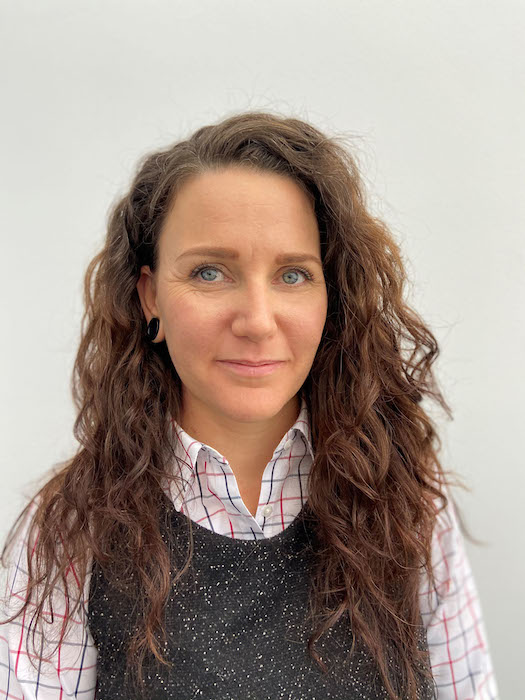
CCE’s Top 10 Under 40: Amy Hunter
August 30, 2023
By
Peter Saunders
She has strived to make transportation safer and more comfortable for all.
This year, for the second time, Canadian Consulting Engineer launched an initiative to recognize up-and-coming consulting engineers across the country. We are now showcasing them on our website, in alphabetical order by surname.
Amy Hunter, 38, is the transportation business unit lead and a senior design engineer for PBX Engineering, based in Vancouver. She is a certified Professional Traffic Operations Engineer (PTOE), the first woman president of the B.C. chapter of the International Municipal Signal Association (IMSA) and a member of ACEC-Canada’s transportation committee.
“As a child, I wanted to be an architect and I loved math,” she explains. “That mixture led me to civil engineering.”
While earning her degree at the University of Manitoba, Hunter turned her focus specifically to transportation.
“I didn’t know I loved transportation until I got into traffic signals and modelling early in my studies,” she says.
Hunter went on to work for the City of Calgary, Jacobs and Great Northern Engineering Consultants (GNEC), specializing in roadway and area lighting, traffic signal and Intelligent Traffic Systems (ITS) design and installation. Along the way, she added electrical engineering to her skill set.
She joined PBX in 2020 and has strived to make transportation safer and more comfortable for all. By way of example, for the Agnes Street Greenway in New Westminster, B.C., she designed an activated crosswalk that allows two pushbuttons—one at the sidewalk for pedestrians, the other on the cycle track, accessible for cyclists without the need to dismount—to trigger the same solar-powered flashing signals, thus enhancing safety in an area with an elementary school.
Hunter assesses networks of traffic signals and streetlights for fatigue and failure, further categorizing risk by land use and roadway type. This facilitates capital program planning for municipalities, allowing them to understand where aging infrastructure requires funding and, thus, increasing public safety for all users.
“I love optimization—taking something broken and fixing it—and I love data, which traffic generates a lot of,” she says. “I get to turn a mess into meaningful graphics to inform meaningful decisions.”
